1. Knocker-Upper

In the days before alarm clocks, some people relied on a “knocker-upper” to ensure they woke up on time. This job involved walking the streets in the early morning hours, tapping on windows with a long stick or even firing a pea shooter at the glass. Knocker-uppers were common in industrial areas where factory workers needed to be punctual for their shifts. Their task was as simple as it was effective: wake people up, and get paid for it.
As cities grew and modern alarm clocks were invented, the profession quickly faded into obscurity. People no longer needed a human to rouse them from slumber. It’s hard to imagine today, but once upon a time, there was a whole industry built around waking people up in the most unconventional ways.
2. Lamplighter

Before the advent of electric streetlights, cities were illuminated by gas lamps that had to be lit by hand each evening. The lamplighter was the person responsible for going down the street, lighting each lamp with a long pole, and ensuring the flame stayed alive through the night. Their work didn’t end with lighting the lamps—they also had to put them out at dawn.
This job was a nightly ritual in cities around the world, from small towns to bustling metropolises. With the rise of electric lighting, the lamplighter’s role was phased out, leaving behind only romantic depictions in literature and films. It’s a profession that now feels like something from a bygone era of candlelight and street gas.
3. Town Crier

The town crier was essentially the news broadcaster of the pre-radio era. These men (and sometimes women) would walk through town, ringing a bell and shouting out the latest announcements. Whether it was a royal decree, public announcement, or important news, they were the voice that brought the community together.
Before newspapers were widespread, the town crier was a vital part of keeping people informed. But as literacy rates rose and newspapers became more common, the need for a live, walking bulletin board vanished. While some reenactors still play the part in festivals, the profession itself is completely obsolete.
4. Ice Cutter
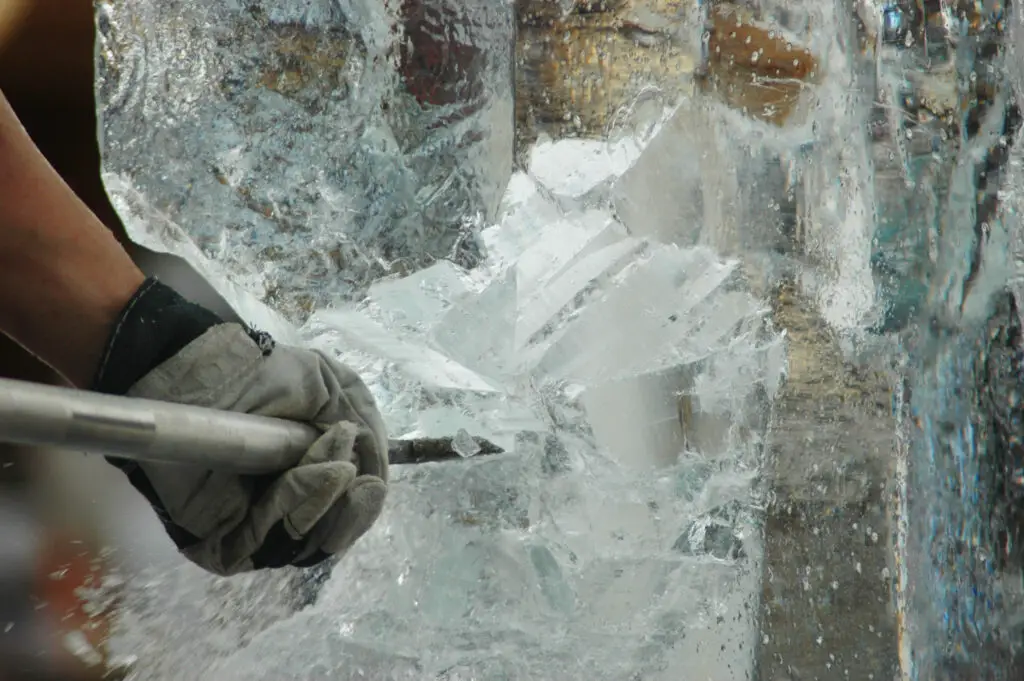
Before refrigeration, ice was a valuable commodity. The ice cutter would head out to frozen lakes or ponds in the winter months and slice massive blocks of ice to be stored and sold for use in homes, businesses, and even for preserving food. These blocks were then delivered to homes, where they were stored in iceboxes to keep food fresh.
With the invention of electric refrigerators, ice cutters were no longer needed. This once-thriving trade became obsolete as home appliances took over the job. Imagine cutting ice on a frozen lake—today, it’s an activity we’d likely only see in history books or period dramas.
5. Switchboard Operator

Before the days of automated phone systems, every phone call had to be connected manually. The switchboard operator sat at a desk, plugging and unplugging wires to connect callers to the right person or business. This was a delicate and fast-paced job, requiring precision and quick thinking.
With the rise of automated telephone systems in the mid-20th century, the job of the switchboard operator vanished. While you might still see old switchboards in museums, the once-essential role is no longer needed in today’s high-tech world of direct dialing.
6. Rat Catcher
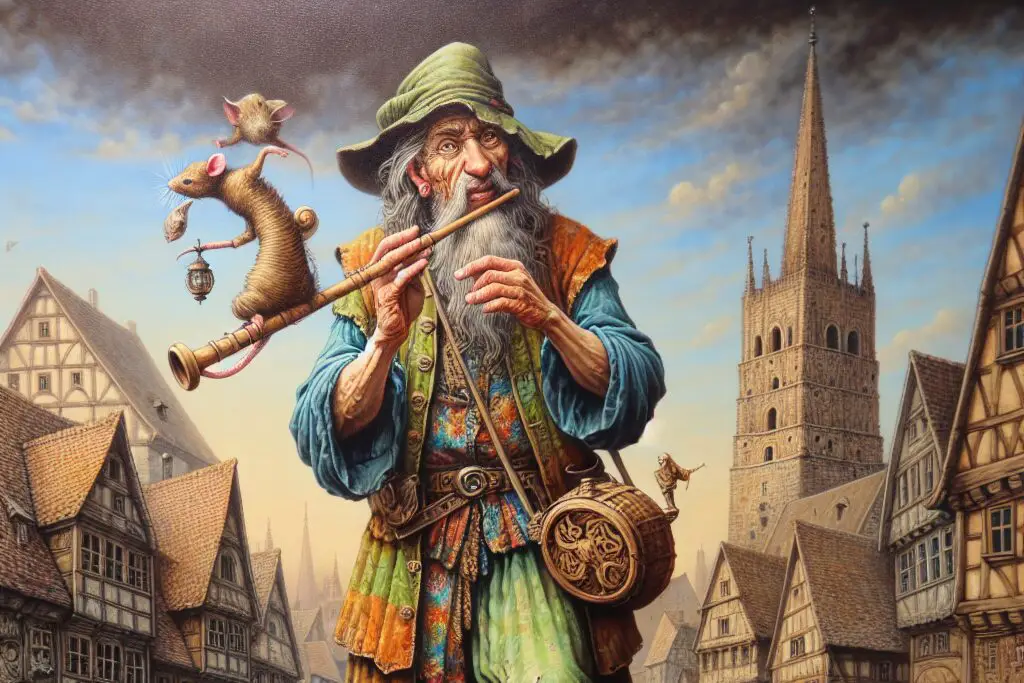
Rat catchers were hired to deal with infestations of rats, especially in urban areas. These professionals used a combination of traps, poison, and even trained dogs to reduce rodent populations. In some cases, the rat catcher would even offer their services as a form of pest control, ensuring homes and businesses were free from the menace of rats.
Today, pest control services have taken over, and we rely on modern methods like traps, baits, and poisons that are more effective and less reliant on human expertise. The rat catcher is now nothing more than a historical curiosity.
7. Mudlark
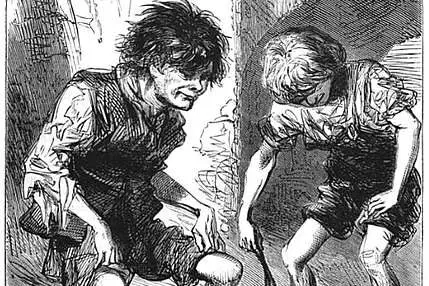
In the early days of industrialization, the banks of rivers in cities like London were littered with debris, refuse, and discarded goods. Mudlarks were people—often children—who scavenged through the muck and mud for items that could be sold. These items ranged from valuable metals to lost treasures, and some mudlarks even found coins or jewelry.
Though it may sound like a strange and even unsanitary occupation, it was one of the few ways to survive in the overcrowded, impoverished areas of the city. The profession all but disappeared as cities cleaned up their rivers, and modern recycling programs and waste management systems took over.
8. Telegraphist
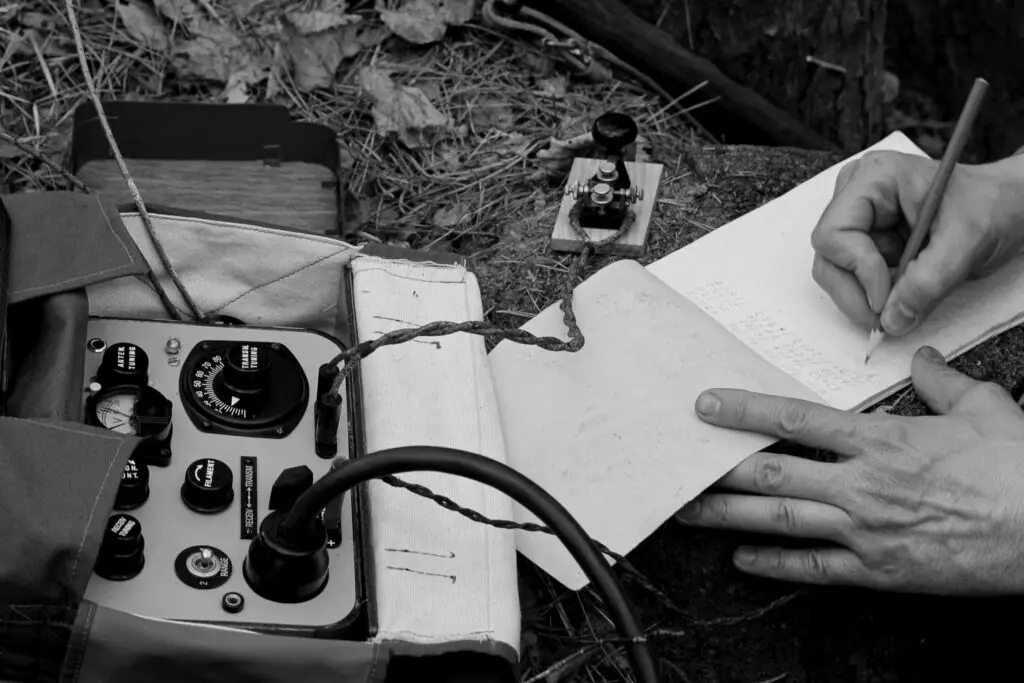
The telegraphist was responsible for sending and receiving messages using the telegraph. This job required knowledge of Morse code and the ability to quickly transcribe long strings of dots and dashes into legible messages. Telegraphists were essential in the 19th and early 20th centuries, especially in businesses, news agencies, and the military.
With the invention of the telephone and the rise of digital communication, the telegraph quickly became obsolete. The profession of telegraphist disappeared as faster, more efficient communication methods took over.
9. Pinsetter

In bowling alleys of the past, pinsetters were responsible for resetting the pins after every round of bowling. This was often done by hand, which required the worker to rush back and forth to make sure the pins were ready for the next player.
As technology advanced, automatic pinsetters were introduced, and the manual labor of pin resetting was no longer necessary. The profession has all but disappeared, replaced by machines that do the job much faster and more efficiently.
10. Scrivener

Before the printing press, scriveners were professional copyists who handwrote documents for clients. Whether it was legal paperwork, manuscripts, or business contracts, scriveners were essential for reproducing important texts. They used quills or pens to carefully copy words onto parchment or paper, often for wealthy individuals or institutions.
The rise of the printing press and later typewriters and computers ended the need for manual scribes. Today, the scrivener is a figure of the past, with their meticulous work replaced by more efficient means of reproduction and documentation.
11. Elevator Operator

In the early days of elevators, there were no buttons for passengers to press. Instead, a human operator was stationed in the elevator, tasked with manually stopping the lift at each floor, opening and closing the doors, and assisting passengers. The operator was a fixture in hotels, office buildings, and department stores.
As elevators became more automated, the position of elevator operator was phased out. Now, we simply press a button and wait for the doors to open, leaving the operator’s role in the past.
12. Knitting Mill Worker

In the late 19th and early 20th centuries, many women worked in knitting mills, producing knitted goods like socks, sweaters, and scarves. These workers operated large machines that could create knitted patterns at high speeds. They played a key role in the textile industry, especially in regions like New England.
However, with the rise of industrial machines and the shift to overseas manufacturing, knitting mill workers lost their jobs. The profession is now part of the industrial past, as modern textiles are produced in much more efficient and automated settings.
13. Whipmaker

Whipmakers were highly skilled craftspeople who created whips for a variety of uses, from farming to entertainment. These artisans carefully braided leather, often incorporating intricate patterns and designs to create whips that were both functional and beautiful.
While whips are still used in some industries, the profession of whipmaker has mostly vanished, replaced by mass-produced, factory-made whips. Whipmakers are now mainly found in niche artisan markets or museums showcasing this once-essential skill.
14. Chimney Sweep
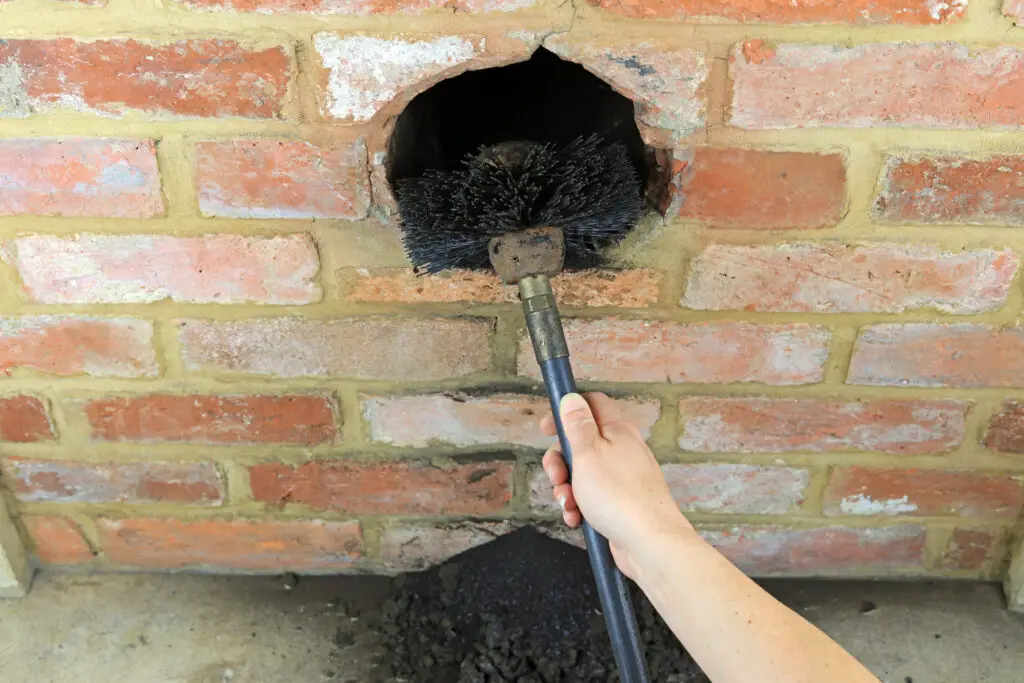
Chimney sweeps were responsible for cleaning the chimneys of homes and businesses to prevent dangerous soot buildup and ensure proper ventilation. The job often involved sending small children up chimneys, especially in the early days. It was a dirty, sometimes dangerous profession, but vital to maintaining heating systems.
Today, chimney sweeps are still around, but the role is largely a specialized service rather than a common profession. With modern heating systems and less reliance on chimneys, the need for chimney sweeps has significantly decreased.
